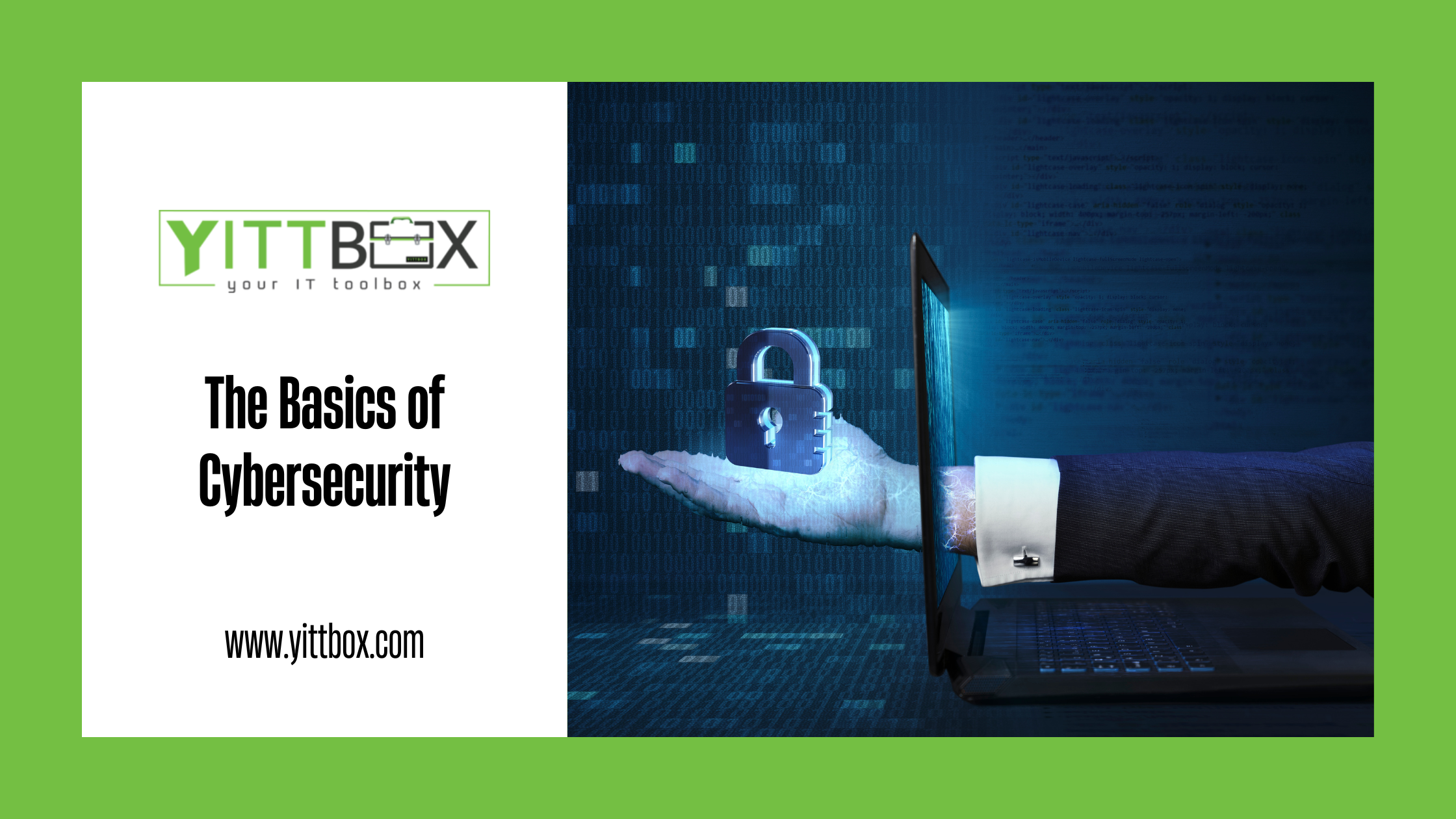Cybersecurity becomes the most important part of online appearences. No place is ever safe, whether in physical spaces or the sites you frequent online. The material belongings you dearly protect in the physical world are equivalent to your data on the Internet. This is the same type of information that big companies like Facebook collect and capitalize on for profit. It’s a big deal, and everybody who surfs the web must know how to protect it.
What is cybersecurity?
Cybersecurity is a system of techniques and layers of protection to shield your data from malicious cyberattacks. The online content you consume and the networks you use are vulnerable to different kinds of cyberattacks. Therefore, the layer of protection you need will depend on your online consumption.
What are the common types of cyberattacks?
Malware attack
Trojan, adware and spyware are kinds of malware attacks. They usually come in the form of attachments. Say you receive an email or a text message saying you should download an attached file. This is the most common way cyber attackers get to your data. The attachments contain a virus that can corrupt the device you use to download it.
Phishing attack
This is a strategy that hackers use to steal your important login credentials like your bank details. The attack is masqueraded as a legitimate message from a trusted institution like your bank or a government agency. Phishing attacks usually contain a link along with an instruction for you to verify your information on a fake site.
Password attack
Passwords like “ABC123” or your birth date are easy to guess. A normal human being with no tech expertise can crack a common password. Hackers use password cracking tools to make the process even easier. After all, there can only be so many combinations using the alphabet and numbers.
How do you protect your online data?
Knowing the types of cyberattacks you are vulnerable to is the first step in implementing basic cybersecurity.
You must never download any attachments or files from untrusted networks. Do not believe emails saying you won an online game when you never entered one in the first place.
Learn how to identify safe URLs. Inspect the official emails you get from your bank and ensure that you only transact using official channels.
Use a unique string of alphanumeric characters as your password. Never use the same password on multiple sites as an added layer of protection.
Install a firewall. It is a virtual wall separating your device from the internet and filters the traffic coming in and out of it. Download antivirus, anti-malware, and anti-spyware programs to your devices.
Your social media accounts are not safe, too. Use two-factor authentication for logging in. check your privacy settings for each social media account.
Be careful when connecting to a public access wifi. Sensitive activities like sending money and accessing bank accounts must only be done using a secure, private network.
Have separate email accounts for different uses–personal communication, bank transactions, work purposes, shopping, and social media logins.
To protect your data, you must make it difficult for unauthorized access to prosper.







